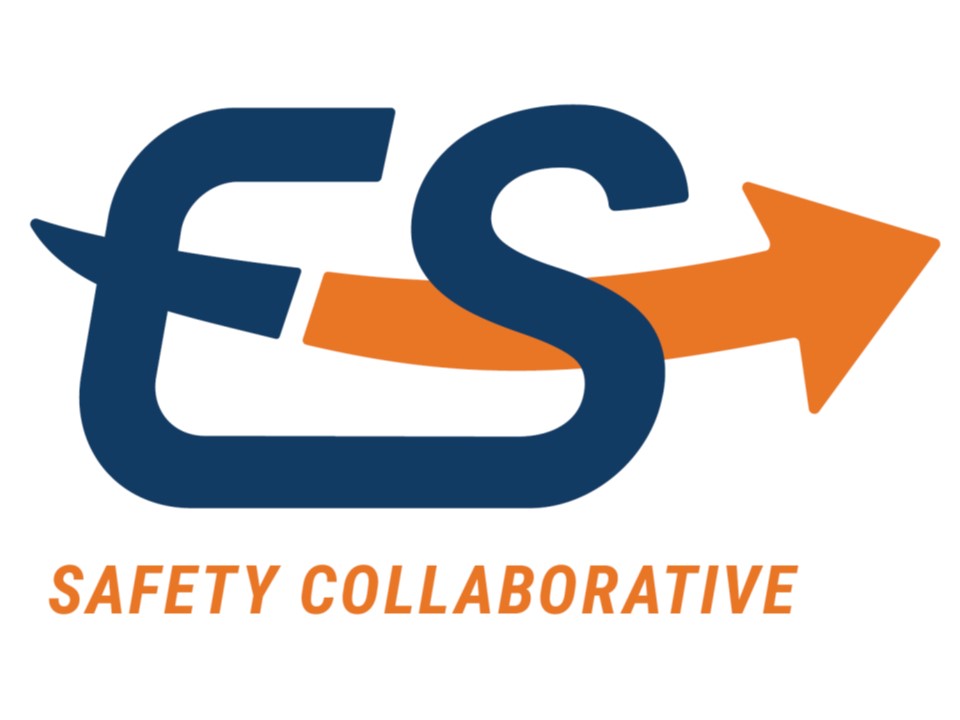List of Safety Codes and Standards
Example BESS with Key Codes & Standards


Codes and Standards
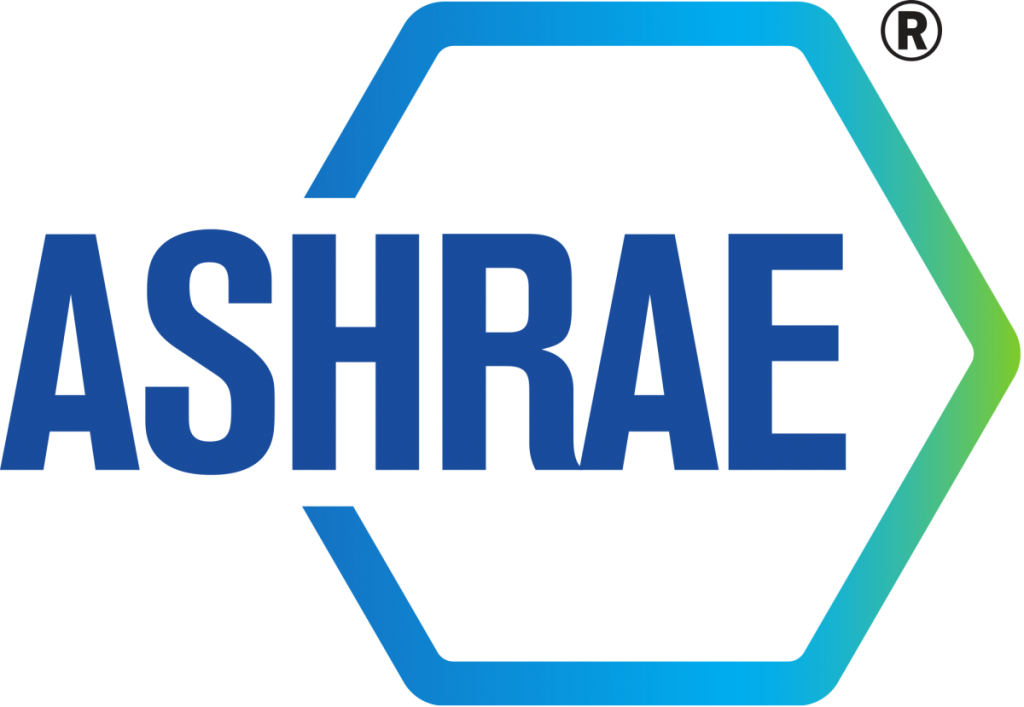
Assists users involved in the design and management of new stationary lead-acid, valve-regulated lead-acid, nickel-cadmium, and lithium-ion battery installations. The focus is the environmental design and management of the installation, and to improve workplace safety and improve battery reliability as well as the safety of personnel and equipment.

Provides safety-related criteria for molten salt thermal energy storage systems.
Provides guidance on the design, construction, testing, maintenance, and operation of thermal energy storage systems, including but not limited to phase change materials and solid-state energy storage media, giving manufacturers, owners, users, and others concerned with or responsible for its application by prescribing necessary safety requirements.
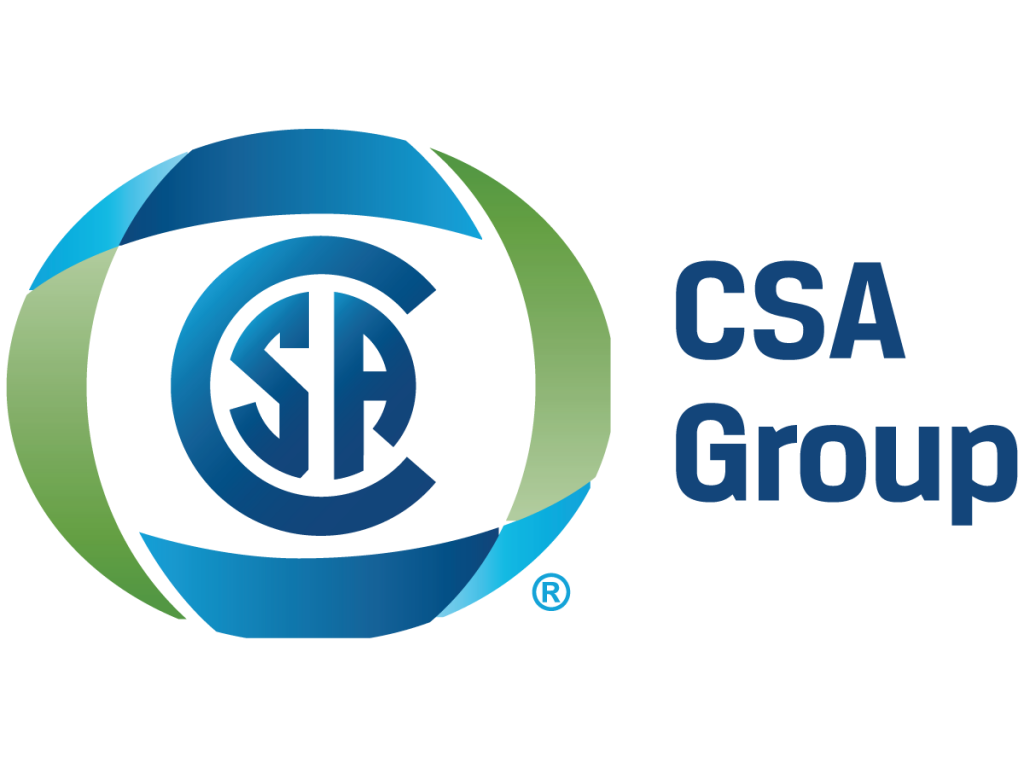
This Code applies to all electrical work and electrical equipment operating or intended to operate at all voltages in electrical installations for buildings, structures, and premises, including factory-built relocatable and non-relocatable structures, and self-propelled marine vessels stationary for periods exceeding five months and connected to a shore supply of electricity continuously or from time to time, with a few exceptions.
Pertains to both alternating current (AC) and direct current (DC) power conversion equipment associated with energy storage systems (ESS).
A new standard that will apply to the design, performance, and safety of battery management systems. It includes use in several application areas, including stationary batteries installed in local energy storage, smart grids and auxillary power systems, as well as mobile batteries used in electric vehicles (EV), rail transport and aeronautics.
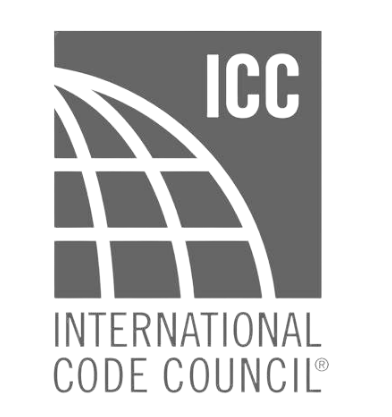
Contains regulations to safeguard life and property from fires and explosion hazards. Topics include general precautions, emergency planning and preparedness, fire department access and water supplies, automatic sprinkler systems, fire alarm systems, special hazards, and the storage and use of hazardous materials.
Comprises all building, plumbing, mechanical, fuel gas and electrical requirements for one- and two-family dwellings and townhouses up to three stories.
Applies to all buildings except detached one- and two-family dwellings and townhouses up to three stories.
ESS WG 4.1 is responsible for drafting recommended changes to the International Fire Code for ESS standards/codes development consistent with the needs of industry and with NFPA 855.
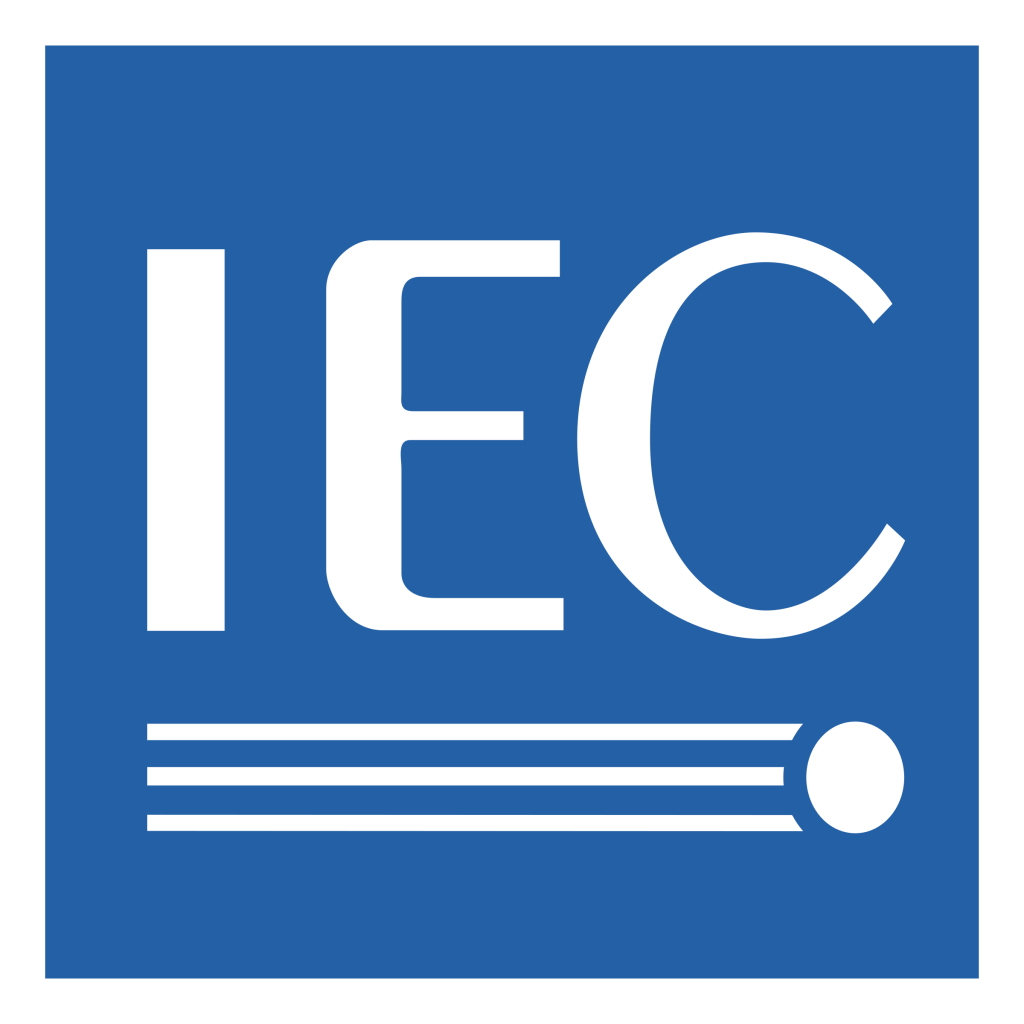
2020 Edition that is part of IEC 62933 which specifies the safety requirements of an electrochemical energy storage system that incorporates non-anticipated modification, e.g. partial repalcement, changing application, relocation and/or loading reused batteries.
2020 Edition that is part of IEC 62933 which specifies the safety requirements of an electrochemical energy storage system.

The technical specifications for, and testing of, the interconnection and interoperability between utility electric power systems (EPSs) and distributed energy resources (DERs). Provides requirements relevant to the performance, operation, testing, safety considerations, and maintenance of the interconnection.
Provides technical background and application details to support understanding of IEEE Std 1547-2003.
Provides guidelines for Cybersecurity of Distributed Energy Resources (DER) interconnection with Electric Power Systems (EPS).
Describes the application of IEEE Std 1547-2018 to the interconnection of energy storage distributed energy resources (ES DER) to electric power systems (EPSs). Provides guidance on prudent and technically sound approaches to interconnections, along with examples of such interconnection.
Provides descriptions of products, methods, and procedures relating to stationary batteries, battery electrolyte spill mechanisms, electrolyte containment and control methodologies, and firefighting considerations.
Vented lead-acid (VLA), valve-regulated lead-acid (VRLA), and nickel-cadmium (NiCd) stationary battery installations are discussed in this guide, written to serve as a bridge between the electrical designer and the heating, ventilation, and air-conditioning (HVAC) designer.
Provides recommended information for an objective evaluation of an emerging or alternative energy storage device or system by a potential user for any stationary application.
Guidance for an objective evaluation of lithium-based energy storage technologies by a potential user for any stationary application. To be used in conjunction with IEEE Std 1679-2010, IEEE Recommended Practice for the Characterization and Evaluation of Emerging Energy Storage Technologies in Stationary Applications.
Provides guidance for evaluation of the characteristics and performance of Sodium-Beta batteries by a potential user for stationary applications. To be used in conjunction with IEEE Std 1679, IEEE Recommended Practice for the Characterization and Evaluation of Emerging Energy Storage Technologies in Stationary Applications.
Provides guidance for an objective evaluation of flow batteries by a potential user for any stationary application. To be used in conjunction with IEEE Std 1679, IEEE Recommended Practice for the Characterization and Evaluation of Emerging Energy Storage Technologies in Stationary Applications.
Defines guidance for an objective evaluation of alkaline energy storage technologies by a potential user for a stationary application. To be used in conjunction with IEEE Std 1679, IEEE Recommended Practice for the Characterization and Evaluation of Energy Storage Technologies in Stationary Applications. Primary (non-rechargeable) alkaline batteries and secondary nickel-cadmium batteries are beyond the scope of this document.
Specifies the DNP3 protocol structure, functions, and interoperable application options (subset levels).
Includes information on the design, installation, and configuration of battery management systems in stationary applications, including both grid-interactive, standalone cycling and standby modes. Covers battery management hardware, software, and configuration.
Provides a recommended practice for the development and deployment of Energy Storage Management Systems (ESMS) in grid applications. Includes a set of core functions of ESMS software and core capabilities of ESMS hardware, addressing the fundamental requirements for operating energy storage systems (ESSs) in grid applications.
Establishes uniform technical minimum requirements for the interconnection, capability, and lifetime performance of inverter-based resources interconnecting with transmission and sub-transmission systems
Focuses on the performance test of energy storage systems in the application scenario of PV-Storage-Charging stations with voltage levels of 10kV and below. The test methods and procedures of key performance indexes are defined based on the duty cycle deriving from the operation characteristic of the energy storage systems
Will provide a recommended practice for installation design, storage, installation, ventilation, instrumentation, charging, maintenance, capacity testing, and replacement of Li-ion (Lithium-ion) batteries. Will also provide guidance on compliance to safety standards; as well as best practices for worker safety during installation, maintenance, and testing.
Covers practical safeguarding of persons during the installation, operation, or maintenance of (1) electric supply stations, (2) overhead supply and communications lines, and (3) underground or buried supply and communication cables. Also includes work rules for the operation of electric supply and communications lines and equipment.

Specifies the general requirements for construction, testing and marking of electrical equipment and Ex Components intended for use in explosive atmospheres.
Provides a summary of the available limit of flammability, autoignition, and burning-rate data for more than 200 combustible gases and vapors in air and other oxidants, as well as of empirical rules and graphs that can be used to predict similar data for thousands of other combustibles under a variety of environmental conditions.
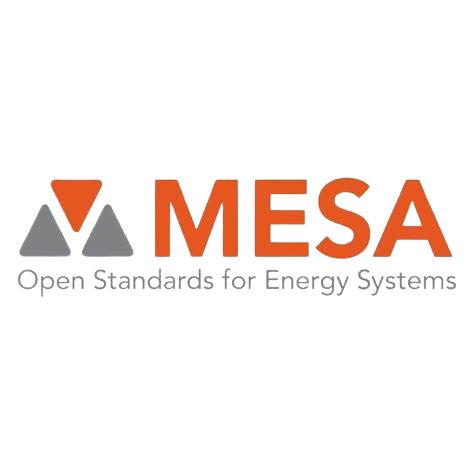
Defines the communication requirements for distributed energy resources (DER), with a special focus on utility-scale energy storage systems (ESS). Note: MESA-DER is now becoming the IEEE 1815.2 Standard, with balloting expected in early 2024.
Comprises three documents covering the communications with the three major components of an energy storage system (Power Control Systems (PCS), Battery Storage, and Meters).

Describes methods and procedures used for performing energy conservation surveys, controlling and maintaining energy consumption, implementing the smart grid and demand response, and developing, implementing and evaluation energy conservation measures for residential, commercial, and industrial applications.
Provides recommended practices for the design, installation, commissioning, operation, and maintenance of microgrids.

Identifies general information and technical specifications relevant in describing an ESS and also defines a set of test, measurement, and evaluation criteria with which to express the performance of electrical ESSs that are intended for energy-intensive and/or power-intensive stationary applications.
Provides general information on the definitions of NEMA Enclosure Types, is a guide for comparing specific applications of enclosures, and provides a comparison between NEMA Enclosure Type Numbers and ANSI/IEC Enclosure Classification Designations.
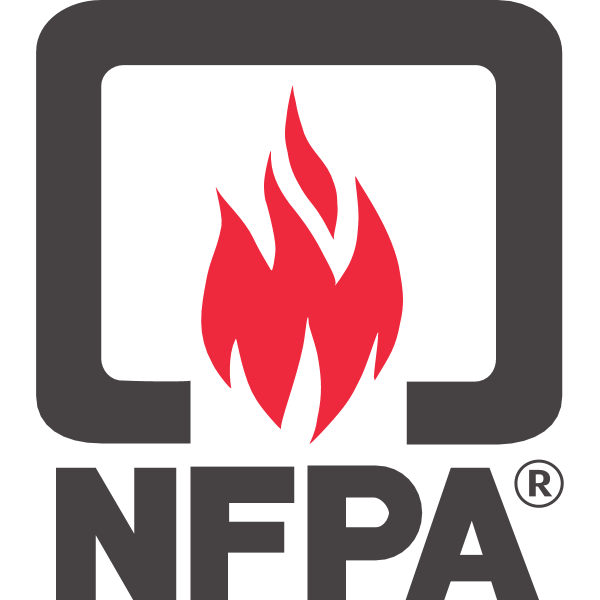
Advances fire and life safety for the public and first responders as well as property protection by providing a comprehensive, integrated approach to fire code regulation and hazard management. It addresses all the bases with extracts from and references to more than 130 NFPA® codes and standards.
Adopted in all 50 states, NFPA 70, National Electrical Code (NEC) is the benchmark for safe electrical design, installation, and inspection to protect people and property from electrical hazards.
Covers the requirements for the protection of information technology equipment and information technology equipment areas from fire damage by fire or its associated effects–smoke, corrosion, heat, and water.
Provides requirements for fire protection of telecommunications facilities providing telephone, data, internet transmission, wireless, and video services to the public as well as life safety for the occupants plus protection of equipment and service continuity.
Provides requirements for those construction, protection, and occupancy features necessary to safeguard life, health, property, and public welfare and minimize injuries.
Covers recommended procedures for evaluating unlabeled electrical equipment for compliance with nationally recognized standards.
New standard covering the minimum criteria for organizing and conducting electrical inspections, including administration, plan review and field inspections.
Provides the minimum requirements for mitigating the hazards associated with ESS.

Covers requirements for electrochemical capacitors for use in equipment such as electronic products, uninterruptible power supplies, emergency lighting, engine starting, and power equipment. Does not cover electrochemical capacitors for use in hazardous (Classified) locations.
Covers requirements for primary (nonrechargeable) and secondary (rechargeable) lithium batteries for use as power sources in products with the purpose of reducing the risk of fire or explosion.
Covers requirements for inverters, converters, charge controllers, and interconnection system equipment (ISE) intended for use in stand-alone (not grid-connected) or interactive (grid-connected) power systems.
Covers requirements for battery systems as defined by this standard for use as energy storage for stationary applications such as for PV, wind turbine storage or for UPS, etc. applications. Also covers battery systems as defined by this standard for use in light electric rail (LER) applications and stationary rail applications such as rail substations.
Covers the sorting and grading process of battery packs, modules and cells and electrochemical capacitors that were originally configured and used for other purposes, such as electric vehicle propulsion, and that are intended for a repurposed use application, such as for use in energy storage systems and other applications for battery packs, modules, cells and electrochemical capacitors. Also covers application-specific requirements for repurposed battery packs/systems and battery packs/systems utilizing repurposed modules, cells and other components.
Covers electrical energy storage assemblies such as battery packs, combination battery pack-electrochemical capacitor assemblies and the subassembly/modules that make up these assemblies for use in electric-powered vehicles.
Covers an energy storage system (ESS) that is intended to receive and store energy in some form so that the ESS can provide electrical energy to loads or to the local/area electric power system (EPS) when needed. Electrochemical, chemical, mechanical, and thermal ESS are covered by this Standard.
The test methodology in this document evaluates the fire characteristics of a battery energy storage system that undergoes thermal runaway. The data generated will be used to determine the fire and explosion protection required for an installation of a battery energy storage system.
This part of IEC 60079 document specifies the general requirements for construction, testing and marking of Ex Equipment and Ex Components intended for use in explosive atmospheres.
This part of IEC 62133 specifies requirements and tests for the safe operation of portable sealed secondary lithium cells and batteries containing non-acid electrolyte, under intended use and reasonably foreseeable misuse.
Reference Documents

Provides a comprehensive set of recommendations for grid-connected energy storage systems. It aims to be valid in all major markets and geographic regions, for all applications, on all levels from component to system, covering the entire life cycle. End users, operators and other stakeholders will be able to take this RP as their single all-encompassing document for such systems, providing them with direct guidance or referencing through other guidelines and standards.

Describes loss prevention recommendations for the design, operation, protection, inspection, maintenance, and testing of electrical energy storage systems, which can include batteries, battery chargers, battery management systems, thermal management issues, associated enclosures and auxiliary systems. The focus of this data sheet is primarily on lithium-ion battery technology.

BatteryArchive.org is a recently launched public repository for visualization, analysis, and comparison of battery data across institutions. The database includes standardized metadata and file formats, and basic plots of all uploaded time series and cycle data. The site currently focuses on cycle aging for commercial Li-ion cells but will expand to other kinds of battery data in the future.
